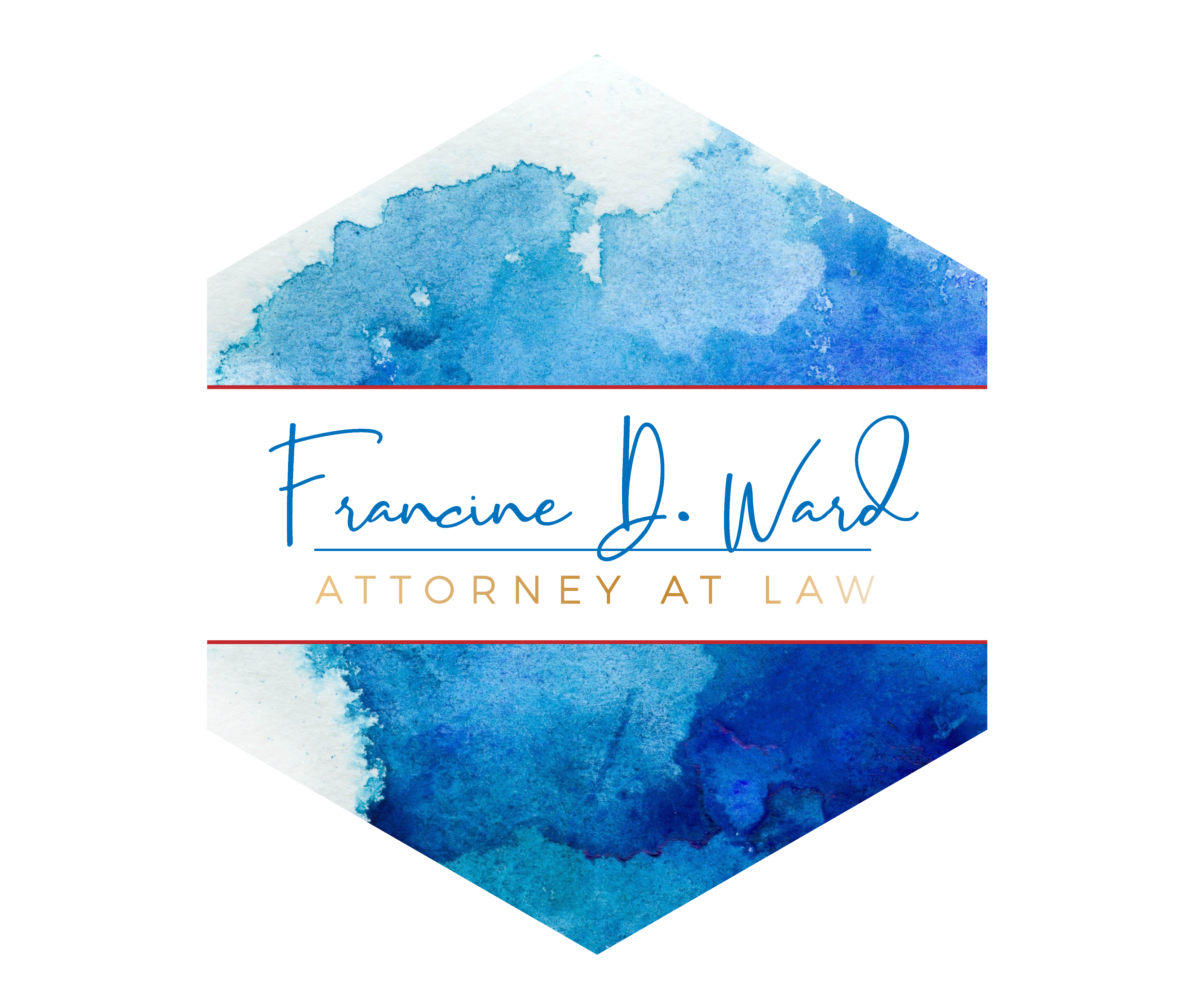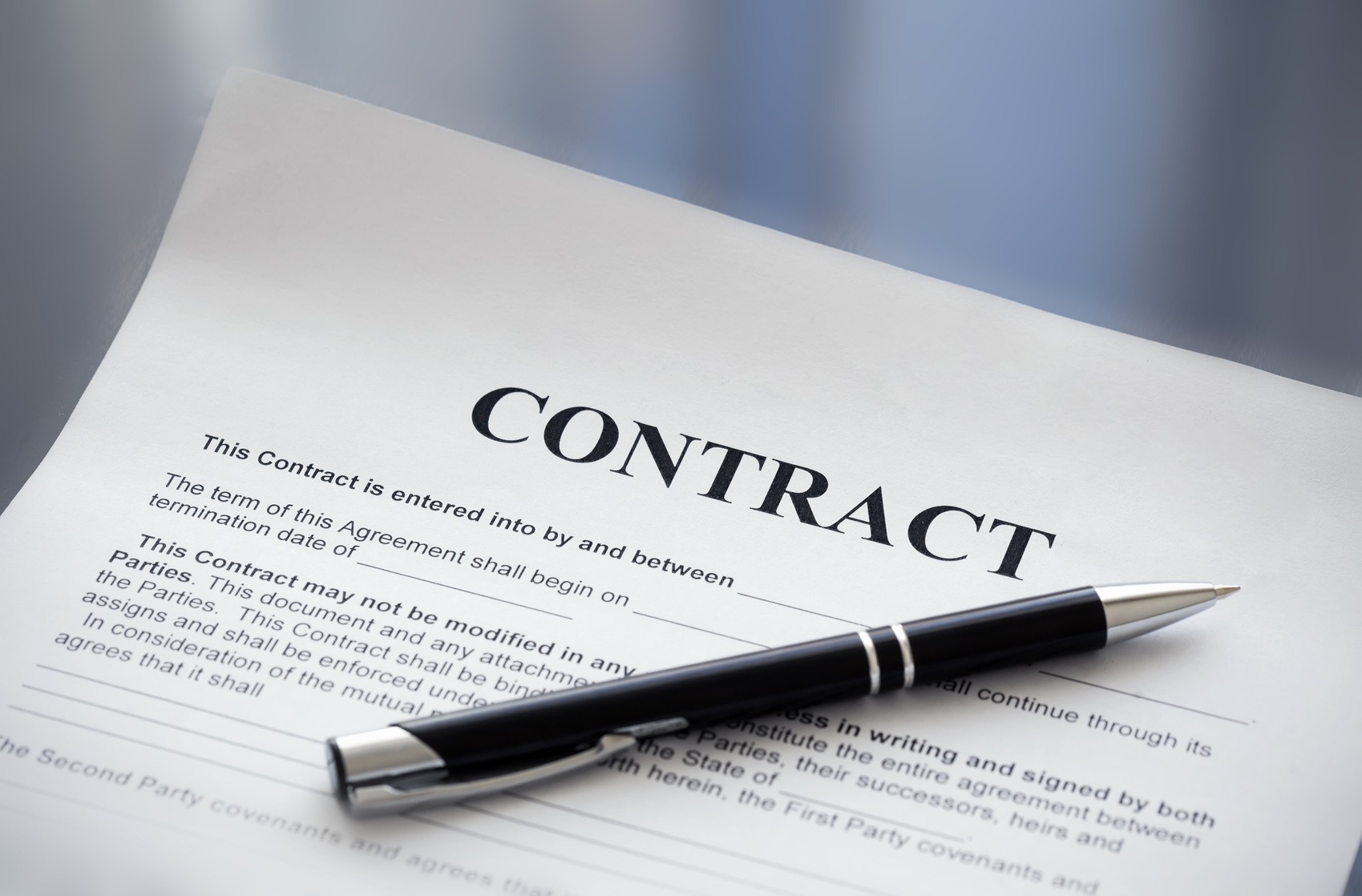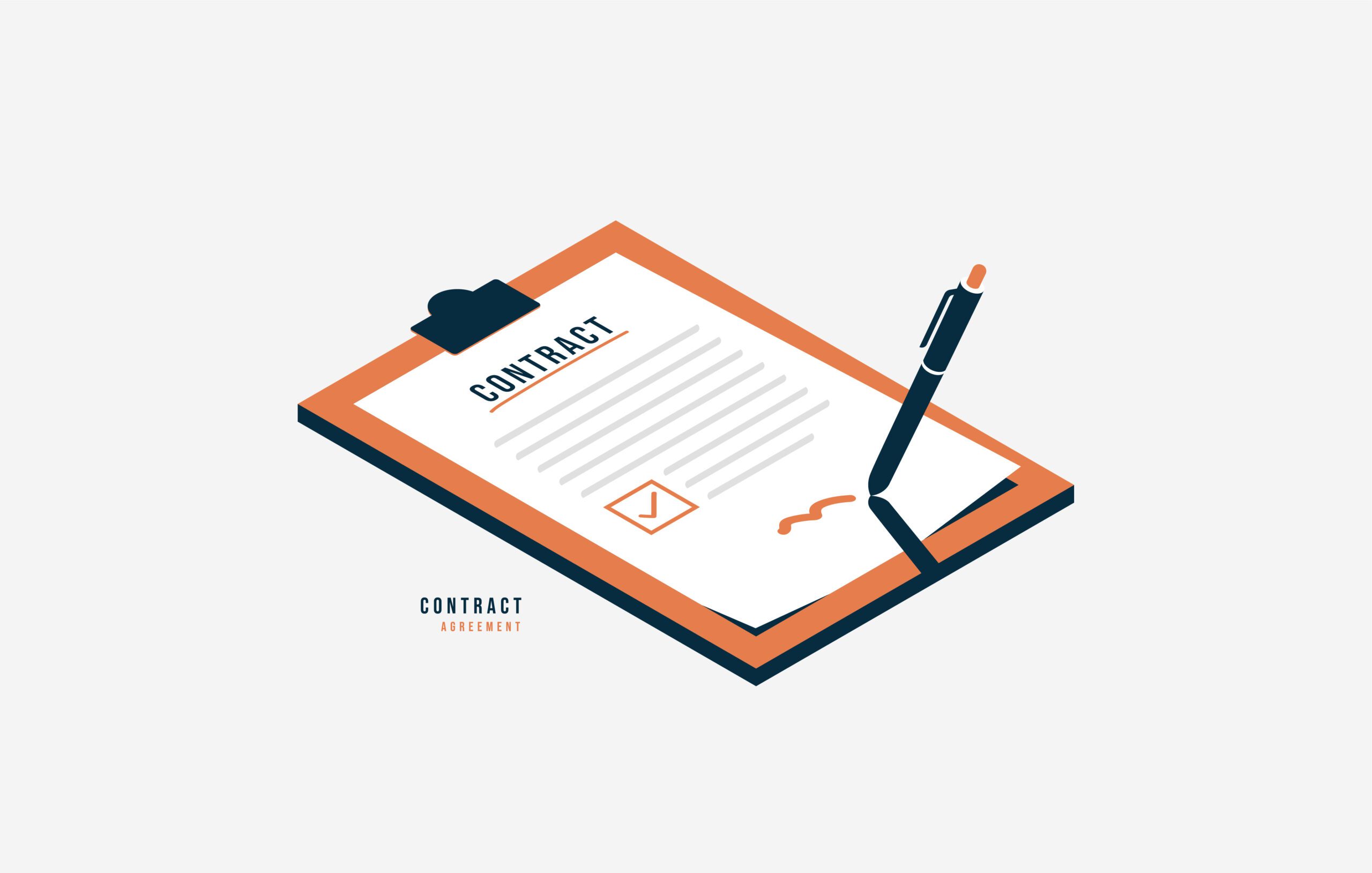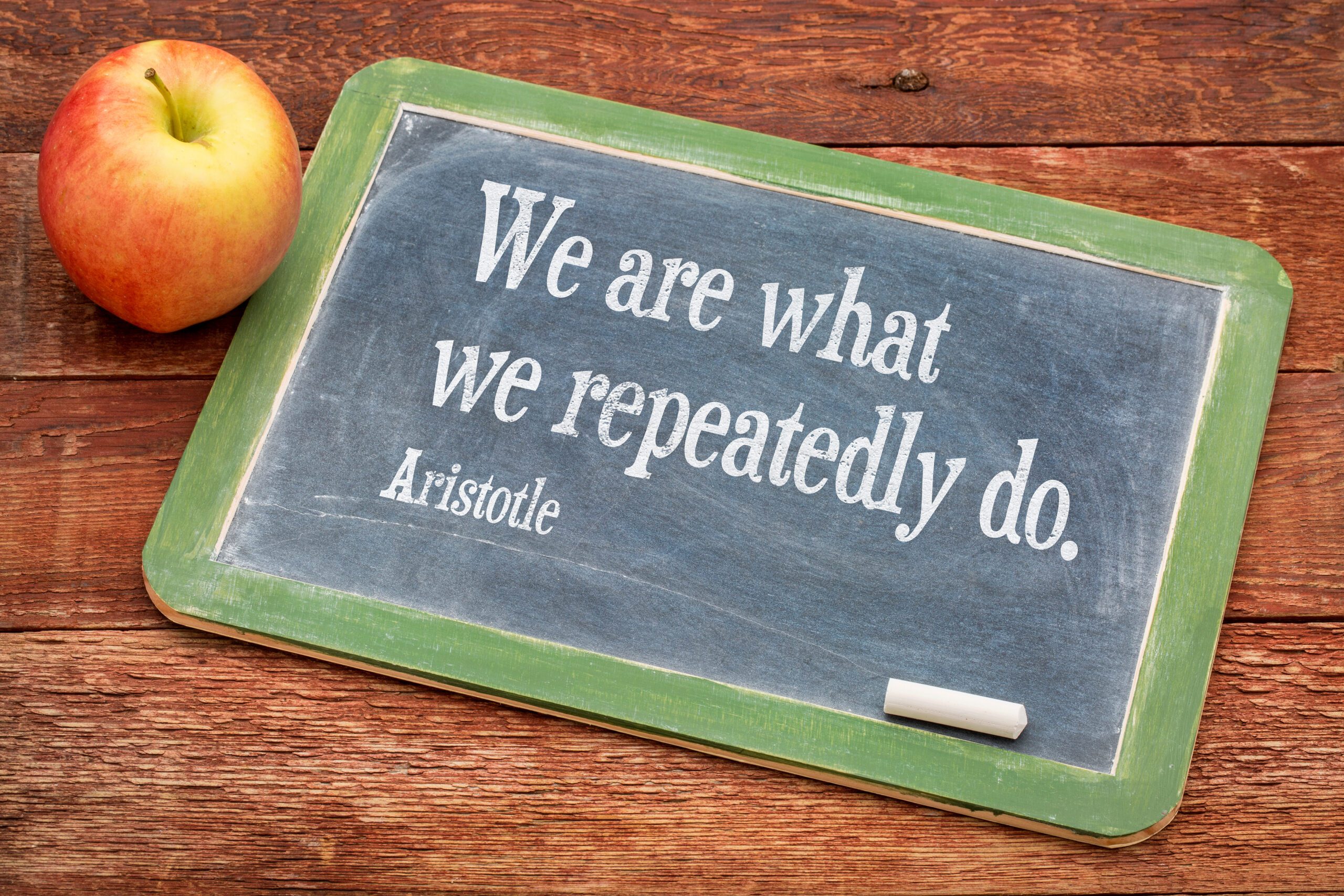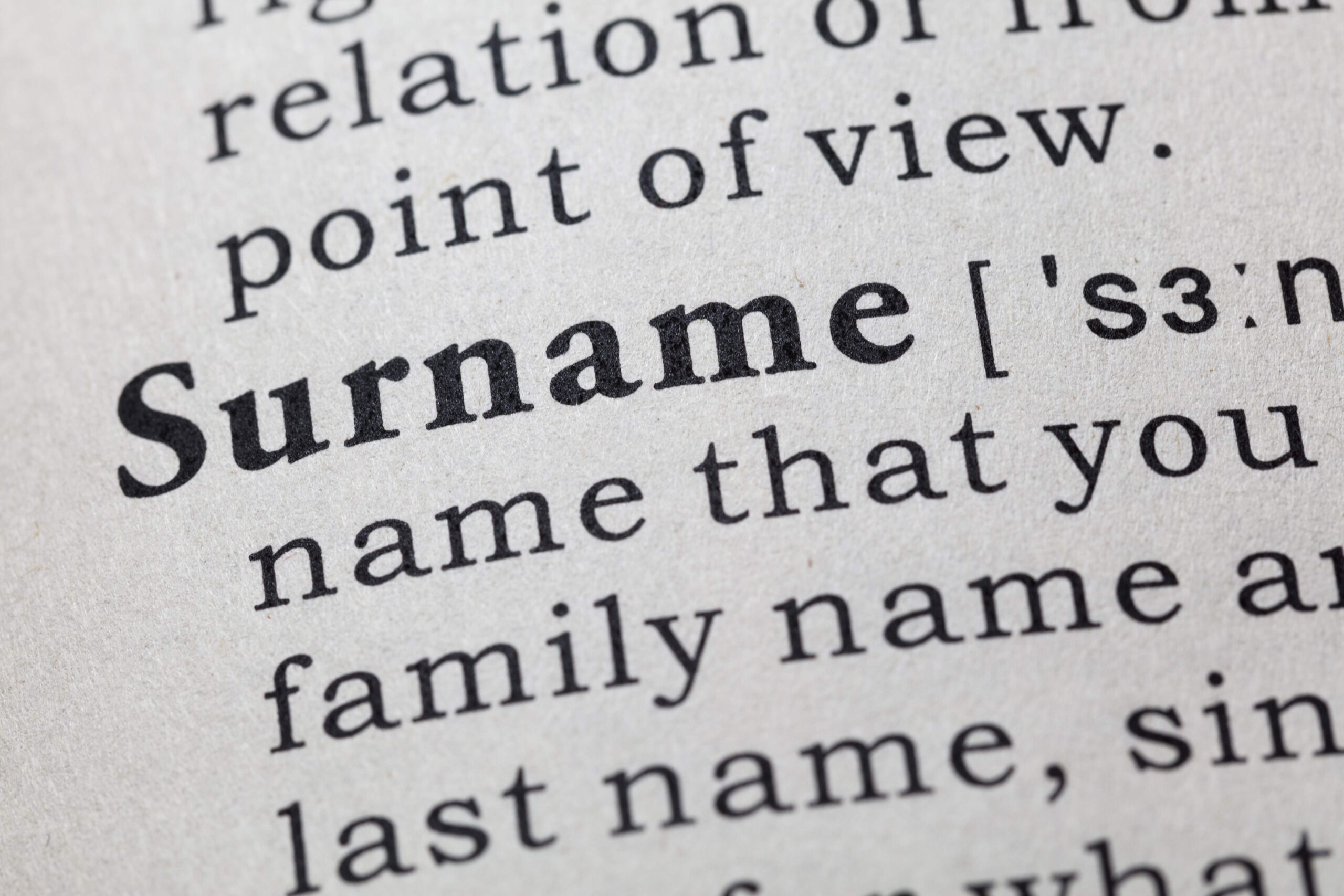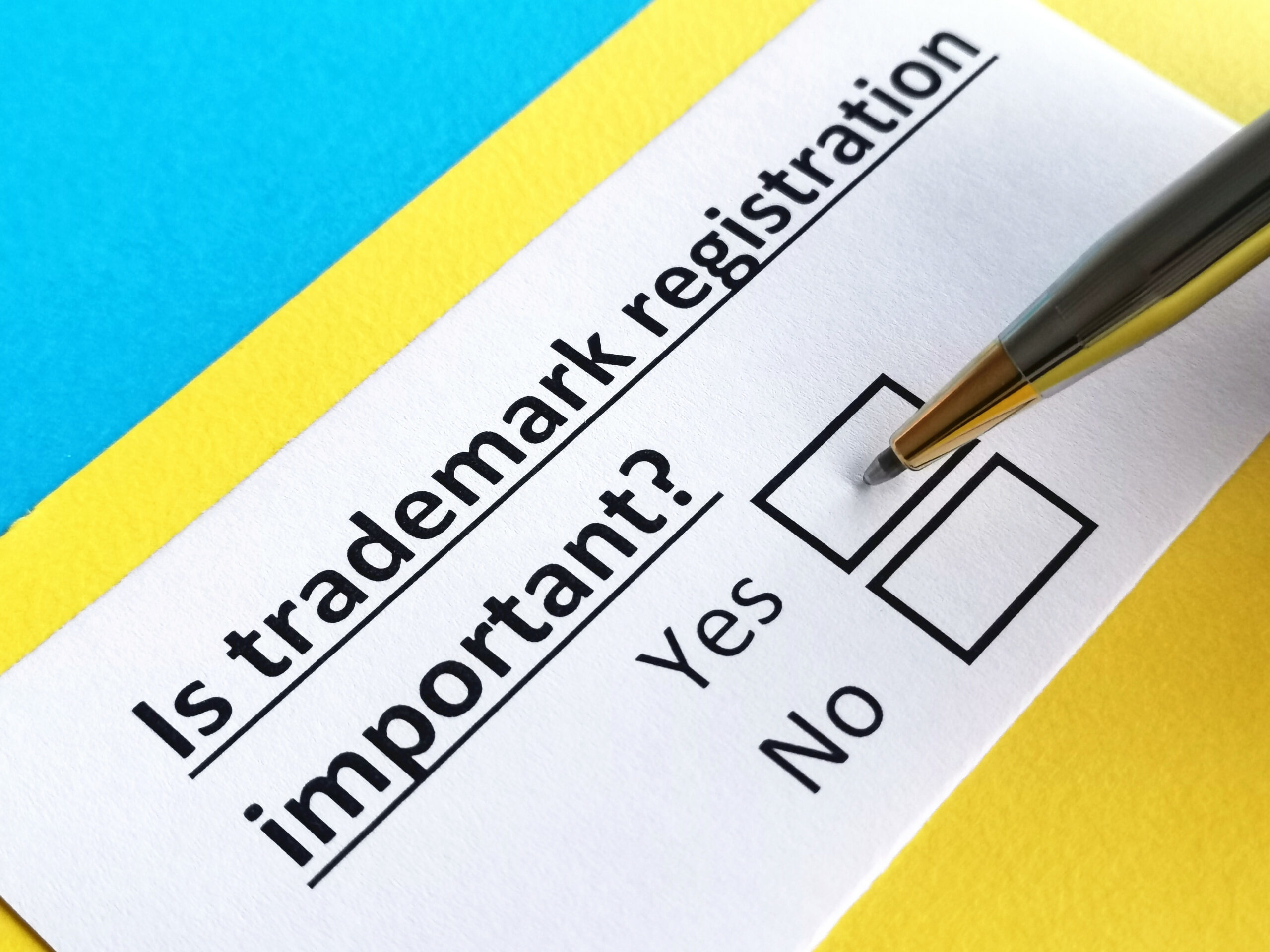Use of images. Anyone who has a website knows that you need to keep your website visually interesting to get readers. One of the best ways to do this is by including pictures. Images whether as photos, cartoons, videos, or vectors, images make your website pop.
If you’re not a photographer yourself, a common way to get images for your website or blog is to either a) pay for a license to use photographs taken by professional photographers or b) use royalty-free images which don’t require licensing fees. Certain websites offer royalty-free images with no strings attached. In contrast, other websites might ask that you attribute the photo to the original photographer or provide additional information about the photograph to your viewers.
I’ve written many times about the importance of not infringing on the copyrights of others. Whether the person who took the photo is a famous photographer or just an average person who happened to catch a video of Kendall Jenner, no one has a right to use the copyrighted material of others without permission. The use of images can be a profitable business for the content creator. It can also be a nightmare landing them in court for the infringer.
I stumbled upon this very interesting case which underscores the importance of making sure you’re complying with copyright holders’ requirements. That means reading “carefully” the license agreement you sign. Even if you’re using a free Creative Commons license for a photo, you must use it in the correct way or you risk going to court and paying damages.
The Case
The defendant, a local news website, used two photographs from a Creative Commons website. Both pictures were taken by the same photographer, who specializes in snapping photos of musicians at concerts. The photos were of Willie Nelson and Carlos Santana, and the images have been widely used and distributed by other websites.
The Creative Commons license allowed users to use the photos without a fee, BUT it required that the photos be attributed to the photographer and include a link to his website. The defendant didn’t comply with either requirement. The court ruled that since the defendant didn’t follow the conditions of the Creative Commons license, they committed a copyright violation by having the photos up on their website.
There are a few takeaways from this case I’d like to point out.
You Might Not Get a Warning – Use of Images
The defendant’s first notification that they were in violation of copyright laws was the lawsuit they received. Rather than notifying the defendant and giving them a chance to remedy the situation, the photographer took them to court.
While requesting the remedy of the copyright violation is common practice, it’s certainly not necessary. This is part of the reason you must do due diligence yourself for any material you post online. Also, even if you are notified of your wrong and correct the violation, you are still liable for the infringement you committed.
Use of Images – Financial Benefit Might Not Matter
The defendant received only a token amount of income from the stories using the pictures – $3.46 from the Santana story, and $10.63 from the Willie Nelson story. The income was from indirect ad revenue, and not from reselling the photos themselves.
And while the defendant argued that the court should give weight to the tiny amount of income generated from this copyright infringement, up to $150,000 in statutory damages could still be rewarded to the claimant. That is risking a LOT of money for a small amount of profit! If damages are awarded they could be as small as $200, but even that amount could become much larger if attorney’s fees are added in.
Understand Fair Use Doctrine
Fair use doctrine allows certain use of copyright material. While the defendant claimed that their use of the photographs amounted to fair use, the court found that they were not entitled to summary judgement for this defense as they did not meet the fair use standards. If you’re unsure whether your use of copyright material constitutes fair use, speaking with an attorney can give you a clearer picture.
While this is a small case in a district court, it provides an excellent example of what can happen when using photographs on your website without permission. If you don’t follow the licensing agreement of the Creative Commons license, you don’t have permission to use the photos! This is absolutely a case where it’s better to be safe than sorry, and paying a small licensing fee to use a photo is much less expensive than paying court costs and damages.
If you have questions about copyright law, make an appointment with me so we can go over your rights and keep you on the correct side of the law.
